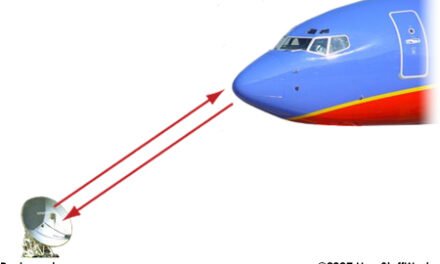The adoption of green propulsion technologies in aerospace is influenced by a combination of international agreements, organizational initiatives, and regulatory frameworks aimed at reducing the environmental impact of aviation. Key elements include:
1. International Agreements
- Paris Agreement: This global accord seeks to limit global warming to well below 2 degrees Celsius above pre-industrial levels. While not specific to aviation, it underscores the need for all sectors, including aerospace, to reduce greenhouse gas (GHG) emissions.
- International Civil Aviation Organization (ICAO) Initiatives:
- Carbon Offsetting and Reduction Scheme for International Aviation (CORSIA): Implemented by ICAO, CORSIA aims to stabilize net CO₂ emissions from international aviation at 2020 levels by requiring airlines to offset emissions growth beyond this baseline.
- Net-Zero Carbon Emissions by 2050: In 2022, ICAO member states adopted a long-term global aspirational goal to achieve net-zero carbon emissions from international aviation by 2050, encouraging the development and adoption of green propulsion technologies.
- Carbon Offsetting and Reduction Scheme for International Aviation (CORSIA): Implemented by ICAO, CORSIA aims to stabilize net CO₂ emissions from international aviation at 2020 levels by requiring airlines to offset emissions growth beyond this baseline.
2. National and Regional Regulations
- European Union Emissions Trading Scheme (EU ETS): The EU ETS includes aviation and requires airlines operating in Europe to monitor, report, and verify their emissions, and to surrender allowances against those emissions. This creates a financial incentive for adopting greener technologies.
- Sustainable Aviation Fuel (SAF) Mandates: Some countries have introduced mandates requiring a certain percentage of SAF in aviation fuel to promote the use of sustainable fuels. For example, the UK government has set a target for at least 10% SAF use by 2030.
3. Industry Standards and Certifications
- ASTM International Standards: ASTM has approved multiple pathways for producing SAF that can be blended with conventional jet fuel, facilitating the certification and adoption of greener fuels.
- Roundtable on Sustainable Biomaterials (RSB): RSB provides a global certification standard for sustainable production of biofuels, ensuring that SAFs meet environmental and social criteria.
4. Research and Development Initiatives
- NASA’s Green Propulsion Technology Development Roadmap: NASA has outlined strategic goals and technology development areas to advance green propulsion, aiming to reduce the environmental impact of aerospace propulsion systems.
- European Space Agency’s (ESA) Clean Space Initiative: ESA’s initiative focuses on developing technologies that mitigate the environmental impacts of space activities, including promoting green propulsion systems.
5. Environmental Standards
- ICAO’s Aircraft CO₂ Emissions Standard: Adopted in 2016, this standard sets limits on CO₂ emissions for new aircraft designs, encouraging manufacturers to develop more fuel-efficient and lower-emission propulsion systems.
While there is no single international regulation mandating the adoption of green propulsion technologies in aerospace, a combination of international agreements, regional regulations, industry standards, and research initiatives collectively drive the sector toward more sustainable practices. These frameworks encourage the development and integration of green propulsion systems to reduce the environmental footprint of aviation globally.













